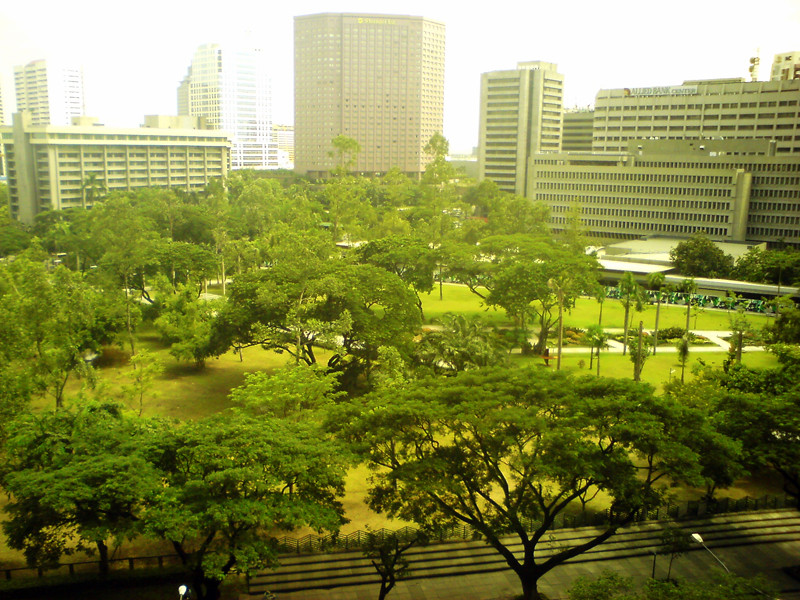Report Identifies Greenest Cities in America
Highlights growth of green energy and construction jobs
 |
| A new report reveals just how central green infrastructure is in the U.S. |
A new report has identified the greenest cities in America, and while it’s no surprise that New York City – with its widely used public transportation – is #1, the rest of the list reveals an exciting trend. The report, which used metrics including “Greenness of Energy Sources” and “Green Lifestyle,” shows just how many cities are moving forward on these metrics and making efforts to improve holistically; it also shows how much farther some cities have to go. For anyone in the green construction industry, it’s a reminder of the importance of green design work and a call to action to keep improving cities across America.
The report, which includes an interactive map, affirms what industry leaders have long identified as growing trends; across the nation, governments and companies are clamoring for environmentally friendly services. The top cities – which also include Portland, San Francisco, and Washington, D.C. – are among those that drive the multi-billion dollar green construction industry. Expert John Katers, Associate Professor and Chair of the Department of Natural and Applied Sciences at the University of Wisconsin, reminds readers that “you see many cities taking action on a range of things such as zero waste initiatives, green buildings (LEED certification), investments in renewable energy systems, improving transportation infrastructure,” and more. As students, professionals, and retirees request green environments, construction and design professionals are meeting the demand and helping cities carry out these initiatives.
The report also serves as a call to action with its analysis of the least green cities in the country. High-scoring cities had 49 times as much green space as low-scoring cities, for example, and triple the amount of bike usage. These gaps stem from infrastructure differences in the cities, and reveal the importance of green design (like LEED) in creating environmentally friendly spaces. As these cities keep growing and join the movement toward green structures, they’ll need designers, architects, and construction workers familiar with green design and construction to bring them into the future.
Green design and construction continues to gain importance in the U.S.; stay on the cutting-edge with our LEED and energy efficiency training options.
